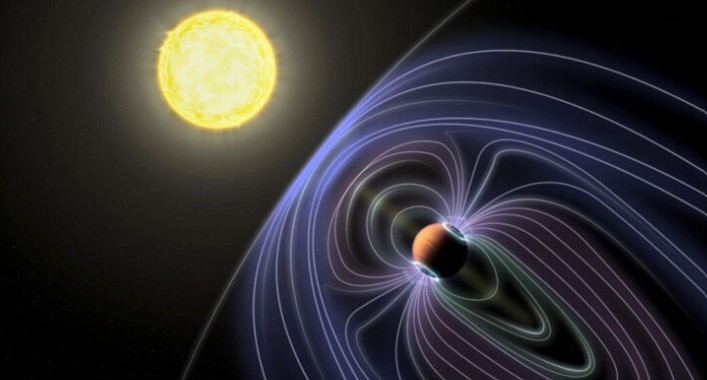A group of scientists at Cornell University have discovered what they believe is the first radio signature emitted by a planet outside our solar system.
Knowing what this looks like, let’s be clear: these are probably not aliens. However, according to research planned for publication in the journal Astronomy & Astrophysics, raising signatures from exoplanets on radio is a valuable tool for scientists who want to know whether this world could potentially support life.
The exoplanet in question is a “hot Jupiter” exoplanet that orbits very close to its star in the constellation Botes. The Cornell scientists behind the study say they will need to continue their research to confirm that this is the source of the radio signal, which they detected with a low-frequency array (LOFAR), a radio telescope in the Netherlands. But if they’re right, radio signals from exoplanets can show if there are magnetospheres in these worlds like the one that protects the Earth.
“If confirmed by follow-up observations,” Cornell astronomer Ray Jayawardhan said in a press release, “this radio detection will open a new window to exoplanets, giving us a new way to explore alien worlds tens of light years away. “
The Earth’s magnetic field protects the planet from dangerous cosmic radiation, but capturing radio signals emitted by the world’s magnetic field does not guarantee that it will be habitable like Earth. On the contrary, scientists have learned to detect the signal of hot Jupiter by studying the real planet Jupiter.
“We learned from our own Jupiter what this kind of detection looks like,” lead author Jake Turner said in a press release. “We went looking and found it.”
5,785 total views, 2 views today



